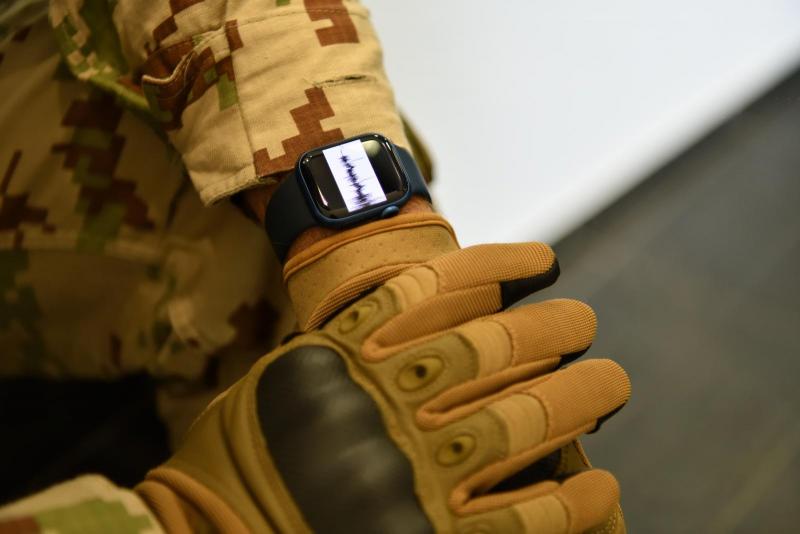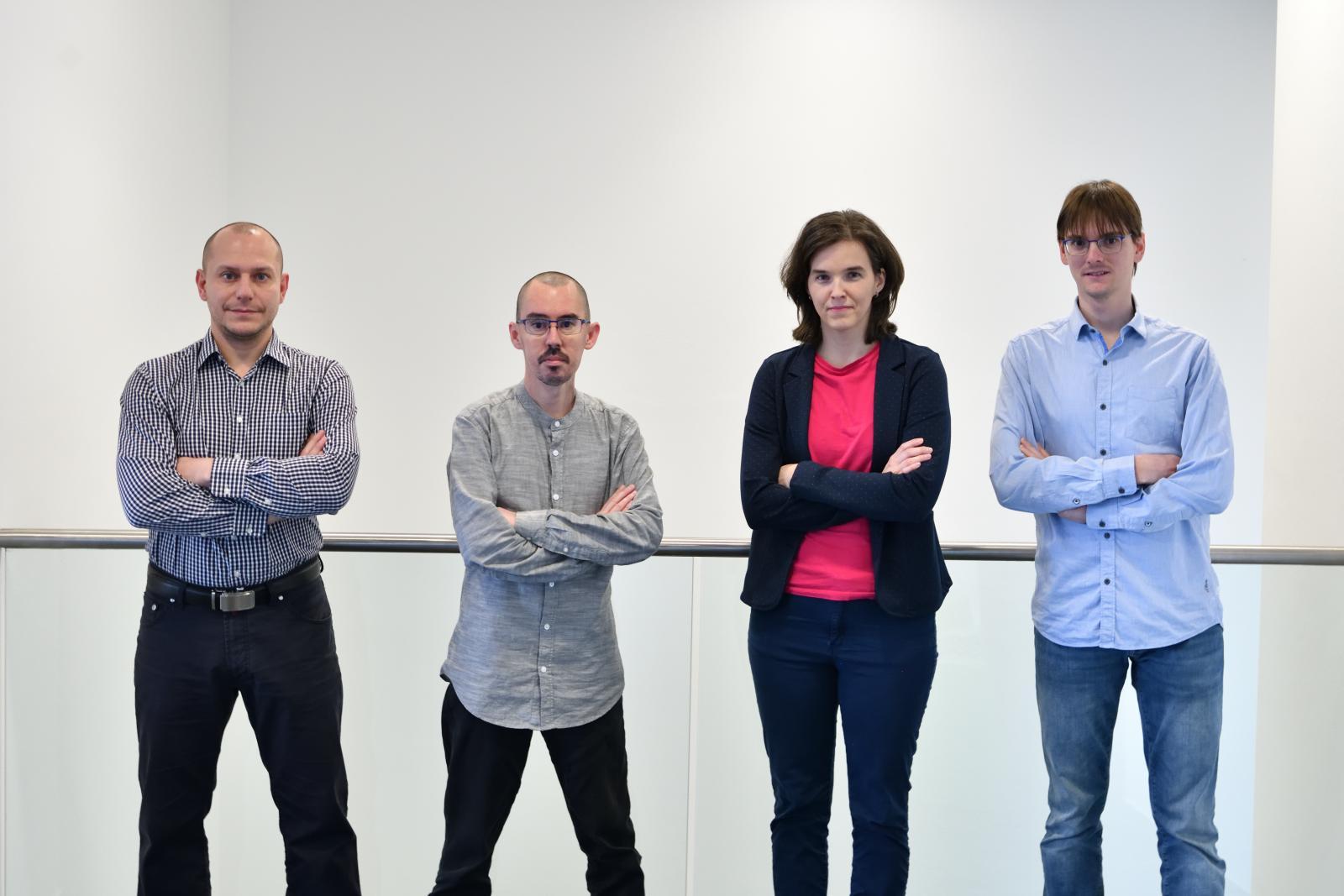Topic
Algorithm developed at FEEC BUT aims to evacuate wounded soldiers from the Battlefield in time

An algorithm processing the soldiers' biosignals could distinguish those at risk of life-threatening situations and in need of immediate rescue. Researchers from the Department of Biomedical Engineering (DBME) at FEEC BUT will be involved in its development. They have been collaborating with the U.S. Navy and the prestigious Mayo Clinic for three years on algorithms that can assess soldiers' physical condition in real time.
Lukáš Smital from DBME came up with the idea of developing software for wearables – smart devices worn on the body – four years ago: "At the time, we were developing software for ONR Global and Mayo Clinic was producing hardware for them. We decided to join forces and design a device that the U.S. Navy could use to train soldiers," explains the researcher, describing how a team specialising in recording and analysing ECG was formed at DBME.
The algorithm, which originally analysed only heart activity, gradually extended to include additional functions, including an accelerometer. "We obtain information about a person's heart activity in connection with their movement. This allows us to assess whether the increased cardiac activity corresponds to walking up stairs or if the patient is at rest with abnormal cardiac reactions," explains Smital.
However, for testing and tuning the algorithm to monitor soldiers' fitness, researchers needed data not only from patients but also from individuals undergoing significant physical stress. "One of our PhD students, Lucie Šaclová, is an endurance runner. Together with other athletes, she helped us collect data. This also led us to practical problems – athletes sweat and move a lot, so it is necessary to use higher-quality electrodes than those used by doctors," explains Smital.
The U.S. Navy has also expressed interest in the technology. "They can thus monitor soldiers' vital functions in real time – ideally during training and on the battlefield. They monitor whether a soldier is under any physical stress, injured or in needs of assistance," describes another research team member, Martin Vítek.
While the software is being developed at FEEC BUT, the Mayo Clinic focuses on developing hardware that would accurately capture the ECG curve without hindering movement. "They experiment with places where it would be possible to capture ECG signals. In addition to the standard chest leads, they try to collect data from the side, back or shoulder – this has proven to be the second most accurate location after the chest," adds Smital.
Researchers from DBME now want to follow up the research with another project. "The U.S. Navy should provide us with new data covering crisis situations, including simulated explosions and military exercises at sea. This will not only improve the algorithms, but will also allow us to measure additional signals, including PPG – used to monitor changes in blood volume in the microvasculature of the tissue," explains the researcher.
Based on biosignals, it would then be possible to identify whether a person is seriously injured and dying. "The algorithm would then efficiently decide which soldiers need to be rescued sooner and which later, but this is still a subject of future research," conclude the researchers.
(mar)
Motor failures in electric vehicles can be detected by mathematical algorithms from the BUT
Bone tissue carriers from 3D printer make bone regeneration more effective. Their formulations are being tested at FCH BUT
Antibiotic resistance in the poultry microbiome is investigated by FEEC BUT
Stevan Gavranović studies environmentally friendly lead-free halide perovskites
The king of cycling Jakub Mašek got an internship at the European space agency